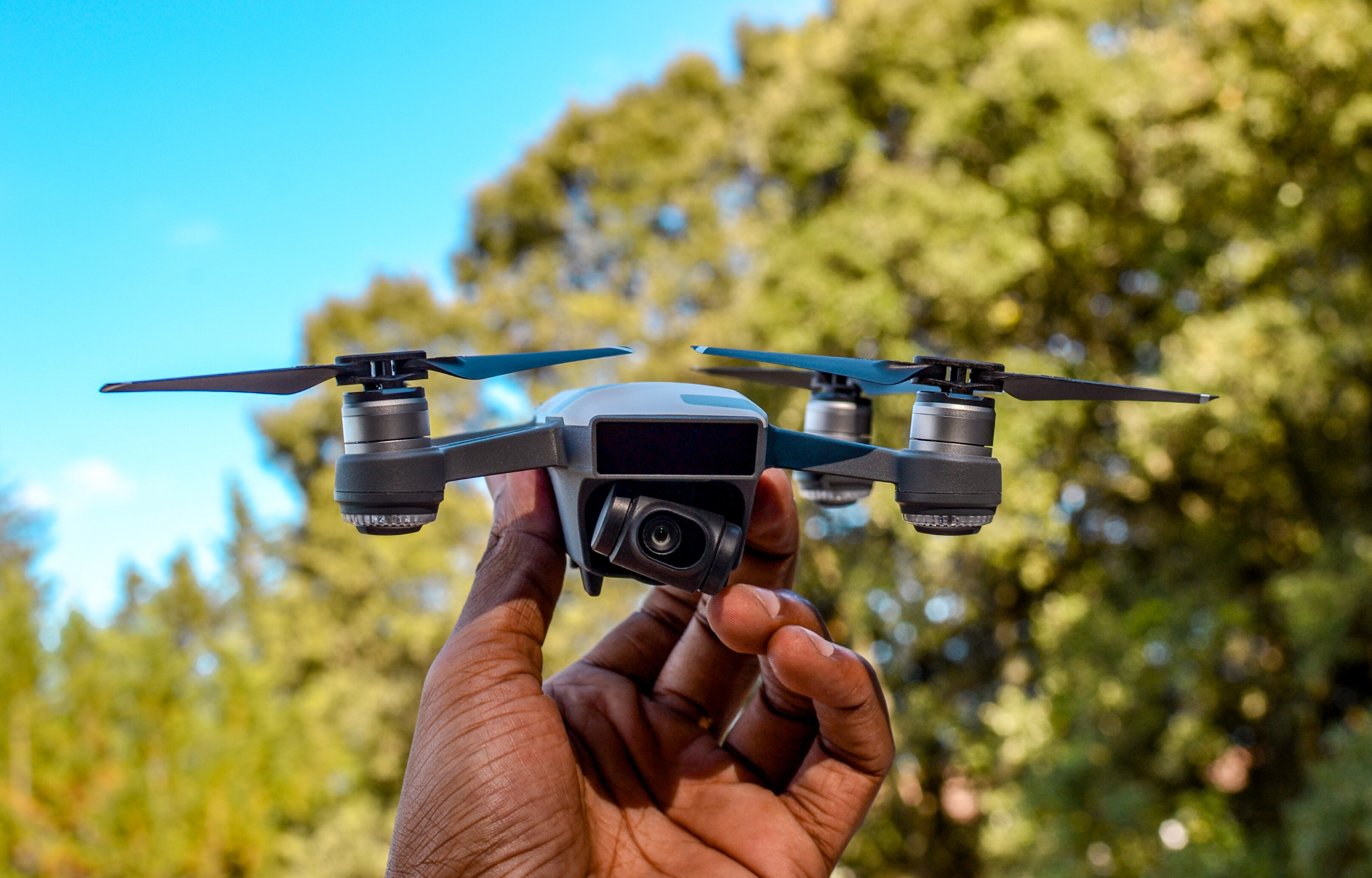How Technology is Changing the Landscape Industry

According to an analysis by McKinsey & Company, the construction industry is one of the least digitized industries out there. Spending less than 1% of revenues on R&D, the sector has not yet fully embraced the idea that up-front investments into new digital technologies will create bigger profits in the long run.
Research by Oxford Economics estimates that worldwide spending on infrastructure between 2020 and 2025 will reach $45 trillion in a bid to keep up with the global GDP growth. As the urban population continues to grow at an exponential rate, the construction industry is struggling to keep up. When it comes to total economic productivity versus construction labor productivity, the former has seen a steady increase in the last 25 years, while the latter fails to reach that same standard.
While projects are becoming bigger and more complex than ever, they’re taking 20% longer to complete on average. The Economist also reported that approximately 30% of America’s yearly construction spending is used to account for “inefficiencies, mistakes and delays.”
Hopefully, the 324% funding surge that US-based construction tech startups saw in 2018 will carry over into the next decade. There’s a big market for streamlining efficiency and productivity through technology. Emerging technology innovations are promising to disrupt the construction industry for the better. Moreover, a booming construction sector can only help to boost the landscaping sector as well.
Here are some of the biggest technology trends to look out for in construction & landscaping.
Labor Sector
Construction robots are an emerging trend that will help speed up the construction process exponentially once used at large. Robotics are even starting to make waves in the soon-to-be high-tech landscaping sector. Robot lawn mowers are turning a time-consuming job into one that you can program via an app. Operating on a rechargeable battery, these self-operating machines are quieter and more environmentally friendly than their traditional counterparts. Some landscaping companies are even leaving them with their clients so that they can mow their lawns to perfection daily.
3D printing is another robotic that has shaken up the labor market by automating and speeding up the design process. Typically, contractors rely on 2D graphics to convey a design to a client. On the other hand, 3D models help to clarify the functionality and details of the space. They are, however, better suited to large projects due to the cost.
Data Sector
The drone industry’s worth has increased to billions of dollars in the last few years and the military isn’t the only sector to benefit from this new technology. When it comes to nurseries with field-grown stock, people are using drones to track inventory and health information about crops. You can even track Areas of poor soil condition, die off, pests, and disease. This allows you to fix the problem faster so that crops can produce better yields.
Drones are also being used by landscape designers to save time and money on projects through aerial land surveys. On one particular project, landscape architect, Eric Arneson, was able to gather measurement information 90% faster through the use of drone mapping. It took him an hour to perform a job that would normally take two employees six hours to get done.
Drone software can even provide 3D models and 2D maps in real-time for immediate analysis. For example, Drone Deploy can analyze past crop performance and take all variables into account to help growers create a profitable fertility plan for the season.
Equipment and Materials Marketplaces Sector
Advancements in this sector have been sparse up until now, due to the logistical challenges involved in shipping. Thankfully, advancements in supply chain infrastructure will allow us to see more marketplaces in the industry in the future.
Since construction equipment typically lasts between 10 to 25 years, a marketplace that can allow the equipment to change hands helps to solve some of the most pressing industry issues: rising costs, wasted resources, and fractured supply/demand.
For more heavy-duty construction equipment, Dozr and EquipementShare are great examples of marketplaces that allow users to both buy and rent what they’re looking for with just the click of a button.
In addition, there are material marketplaces that help with the procurement of softscape and hardscape materials, such as GoMaterials.

